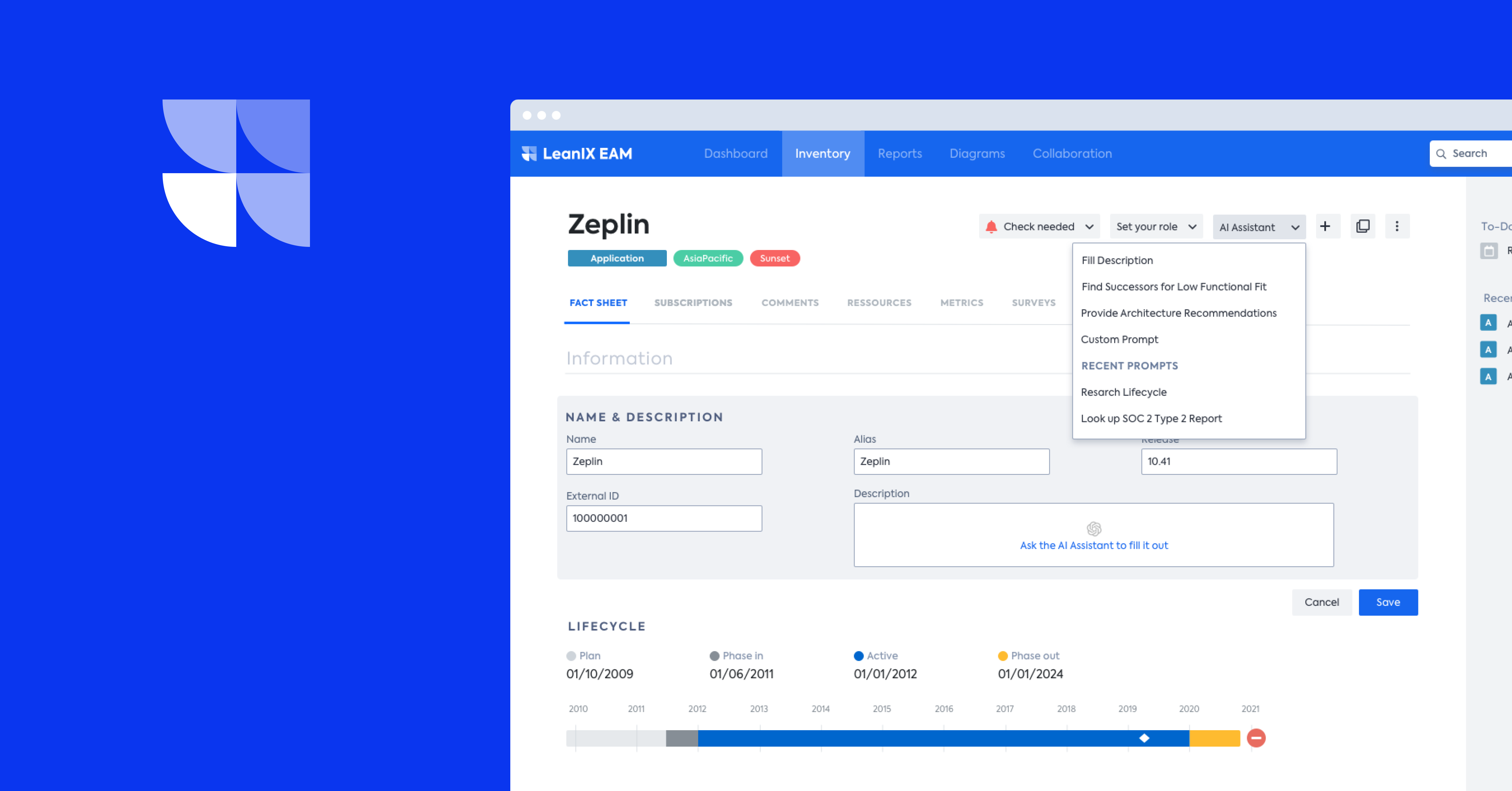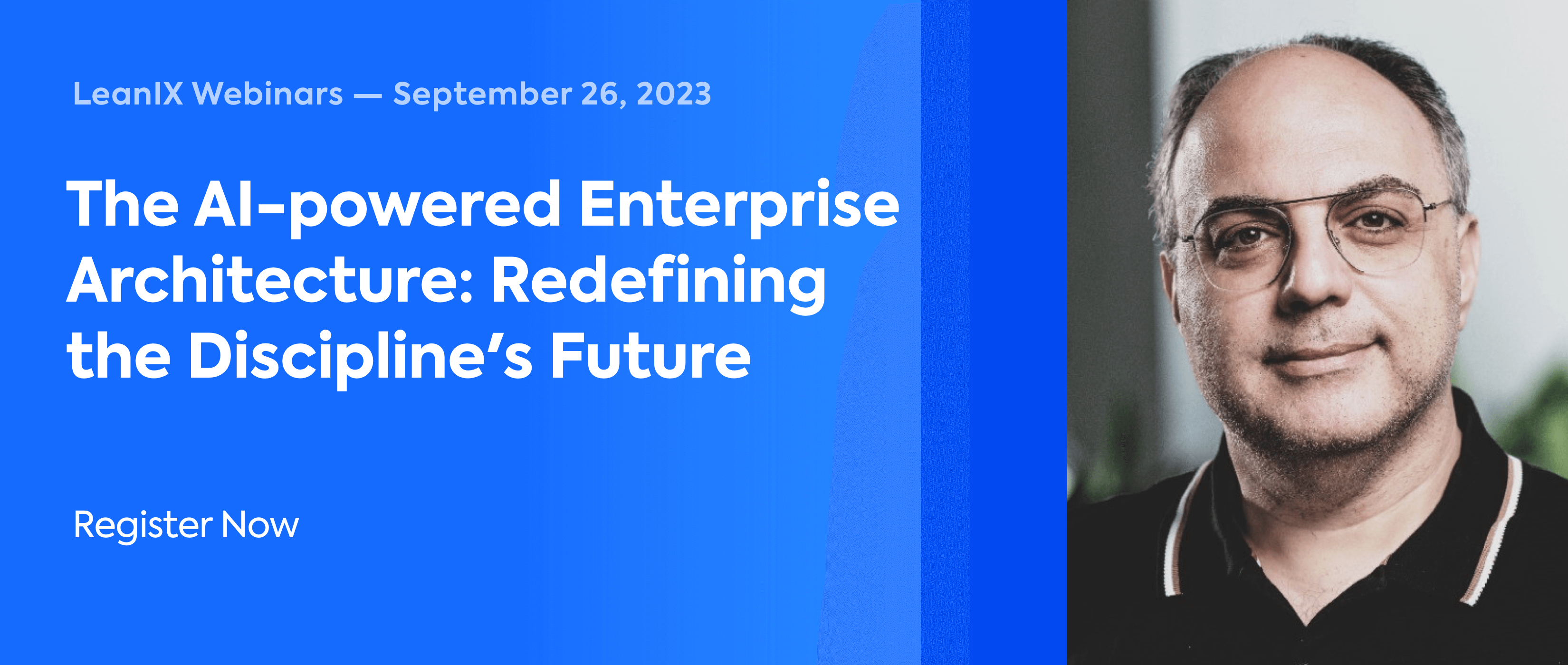
Generative AI: is it key for sustainable IT, or is it a dangerous carbon footprint contributor? We consider both sides of the argument to determine the truth behind the headlines and whether AI is essential for remaining competitive or likely to get you in trouble with ESG regulators.
Generative artificial intelligence (AI) platforms like ChatGPT have been suggested as important tools for reducing carbon footprints and supporting environmental, social, and governance (ESG) initiatives. They've also been criticized for contributing an inordinate amount of carbon to the atmosphere.
What is the truth behind the value of generative AI to sustainability? Is leveraging AI tools more likely to get you in trouble with regulators or make your organization a champion of green IT?
Let's explore what generative AI is and each side of the argument.
What Is Generative AI?
Generative artificial intelligence (AI) is a form of machine learning whereby a powerful computer program is trained using huge amounts of information to produce human-quality text, images, and video far more quickly than a human would be able to.
Essentially, the tool will look at the millions of data points it's been trained on and generate the most-likely response to a prompt. This means you can ask it to produce best-practice reports based on a specific data set, create original imagery, or produce a video advertisement for your product.
It's hard to over-estimate the potential of generative AI to take on human workload and support innovation with reduced effort. Among many use cases for generative AI tools is the possibility of it being used to support sustainability initiatives.
Yet, is generative AI really a viable tool for solving environmental, social, and governance (ESG) challenges?
Does Generative AI Support Sustainability?
The answer to the question of whether generative artificial intelligence (AI) reduces your carbon footprint is, unfortunately, a definitive 'no'. It could also, however, be a qualified 'not yet'.
The incredible capabilities of generative AI come at a cost of an extremely high compute load. In fact, India's The Economic Times recently grabbed headlines by predicting ChatGPT's creator OpenAI would go bankrupt by 2024, due to daily running costs of USD 700,000 and declining uptake.
In environmental terms, Towards Data Science reports that the amount of carbon released into the atmosphere by generative AI initiatives amounted to 47,338,952 tons per year. That's more than all rail transport across the USA, according to the University of Michigan.
This is pretty damning for the sustainability of generative AI; at least for now. The future, however, could be more positive.
Is The Future Really So Bleak For Generative AI?
Forbes has a very different view of the current state of generative artificial intelligence (AI) to The Economic Times. In fact, Forbes believes the future is bright for generative AI.
The publication notes that the initial investment of developing and training large language models (LLM) like ChatGPT was immense, but it was largely a one-off investment. Now the LLMs exist, the future compute load will be significantly reduced.
On the other hand, the potential value of AI doesn't come from LLMs themselves, so it's no surprise we're not getting much value back just yet. According to Forbes, the benefits of all the work put into LLMs will come from the applications that are being developed to leverage them.
You've Bought The Farm, Now Grow The Crops
From Forbes point of view, it's like buying and setting up a farm, but not yet having been able to harvest any crops. At that stage, there's little point complaining about a lack of return of investment.
In this example, you won't need to pay out to set up the farm over again, and maintenance costs will be less than your initial investment. From that point on, you can start selling crops, which can be turned into food, and then sold, and you will generate revenue.
As you read this, large language models (LLM) are being leveraged to create advanced AI applications that offer real value for customers. Soon, we will start to see the benefits and we won't need to spend the financial and environmental resources to develop LLMs from scratch again.
As such, the situation for generative artificial intelligence (AI) is not nearly as bleak as it seems. In fact, these LLM-powered applications could soon pay back their cost to the environment ten times over.
The Sustainability Value Of Generative AI
Generative artificial intelligence (AI) has run up an ethical debt on the environment in the carbon cost of its development. Yet, analysts like Forrester believe that generative AI may soon not only pay that debt off, but also be the solution to cutting our carbon output.
According to Forrester analysts, Abhijit Sunil and Ian Bruce, generative AI will supercharge the green market revolution. They believe that generative AI will cut carbon footprints in five ways:
1 Reporting
Robotic process automation has been an extremely useful tool for monitoring and analyzing emissions for some time. The advancement of generative AI is in sorting through that data to create digestible reports and actionable recommendations for positive change.
2 Governance
Once you have your data analysis and recommendations, generative AI can support you in producing governance documentation based directly on your sustainability needs. This can act as an unbiased, centralized source of truth to co-ordinate sustainability.
3 Research
Generative AI is helping researchers to create innovative solutions for reducing carbon emissions. Forrester cites a New Scientist report that an AI-powered robot was able to cut herbicide use by 90% and water consumption by 40%.
4 Empowerment
One of the biggest potential uses of generative AI, according to Forrester, is the creation of large language model-powered (LLM) chatbots. These can answer questions and offer advice about sustainability to teams at all levels of your organization.
5 Design
Sustainable design can be empowered by generative AI in both offering advice and also in creating modeling and simulations for testing. This can help reduce material waste, electricity use, and also increase the lifespan of products.
How We're Leveraging Generative AI

We recently began a limited release of our new LeanIX AI Assistant for existing customers of our LeanIX EAM. The tool is already supporting our customers with tasks including:
- the automation of documentation
- accelerated report creation
- researching successor technologies
- providing architecture recommendations
- simplifying access to enterprise architecture tools for business users
Yet, the real value of LeanIX when it comes to artificial intelligence (AI) is in evaluating your new AI applications. Our EAM collates and records data on all your applications, so you can assess their business fit and suitability.
We recently upgraded our EAM with early access to our new environmental, social, and governance (ESG) Capability Map, developed in partnership with PwC. This empowers you to track your sustainability capabilities and map them to your IT landscape.
To find out more, download PwC's whitepaper from their site:

.png?width=140&height=107&name=BTMPlaybook-FI%20(1).png)

